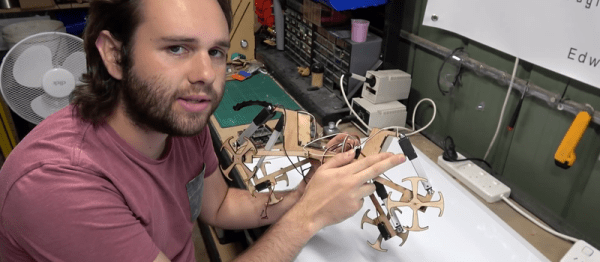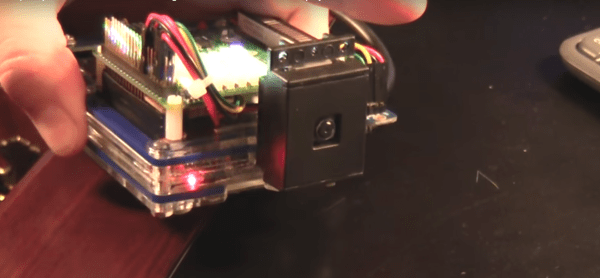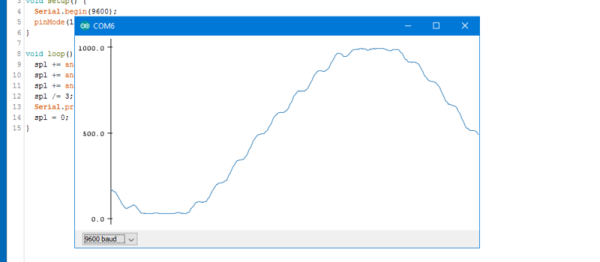[Jaidyn Edwards] is building a robot. This isn’t going to be a normal robot, though, he’s building a whegged robot, inspired by Boston Dynamic’s version of the RHex design.
A wheg (TM) is a curved leg that rotates around a foxed fixed (Ed note: Fixed!) point on one end, driven by a motor. Hence the name: part wheel, part leg. By driving each leg separately, you can keep the robot balanced and push it forwards. This is a complex system to build. Unlike normal wheels or drive systems, you need to know exactly where the leg is to use it properly, as the position of the leg depends on the rotation of the motor.
The legs themselves are going to be 3D printed from a combination of rigid and flexible fabrics that should provide both strength and grip. In this first video, [Jaidyn] outlines his design, and explains why he is trying this approach. It’s the first in an ongoing series that should definitely be worth tuning into.


















